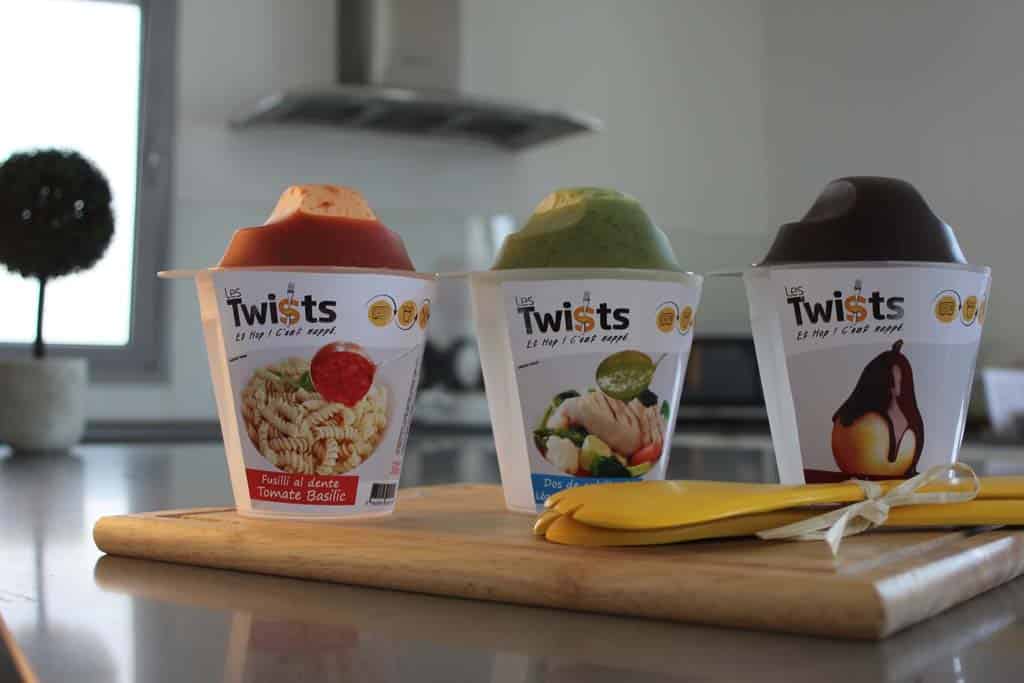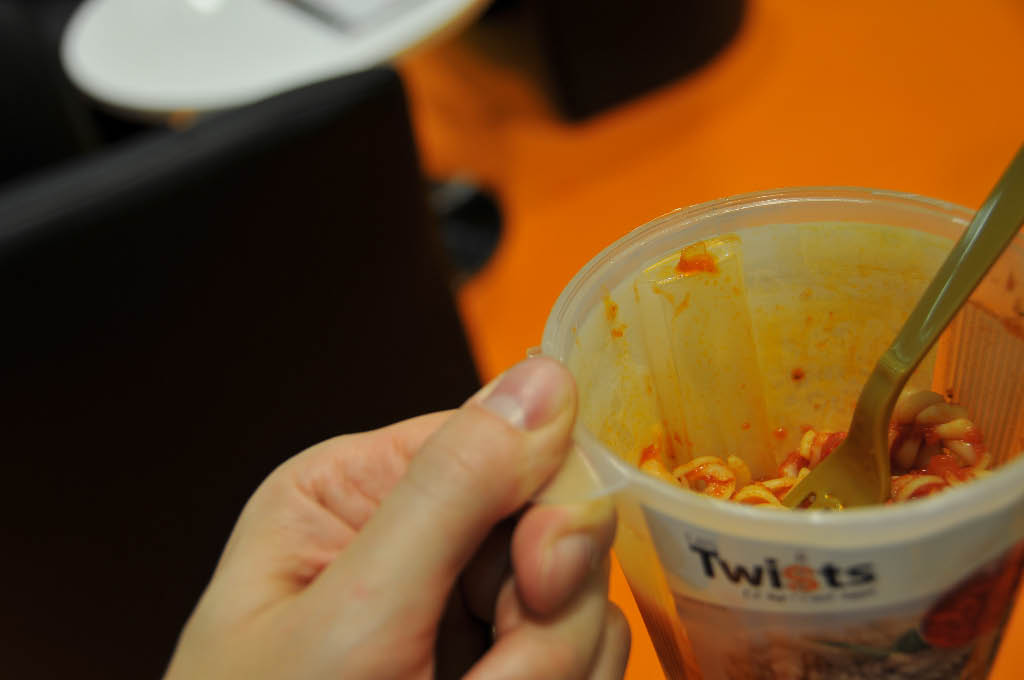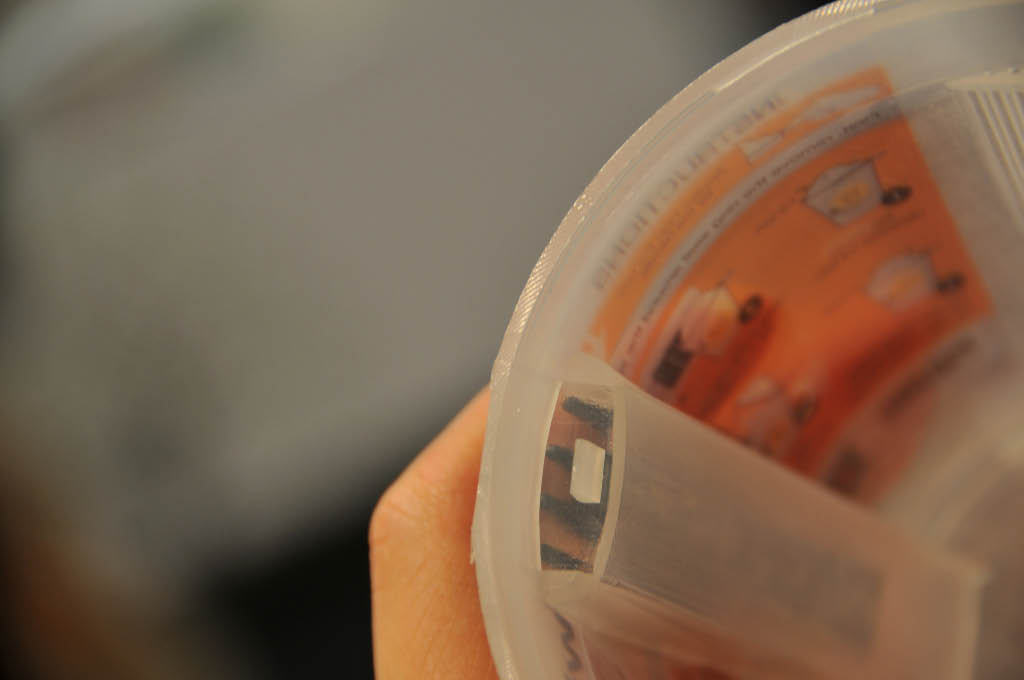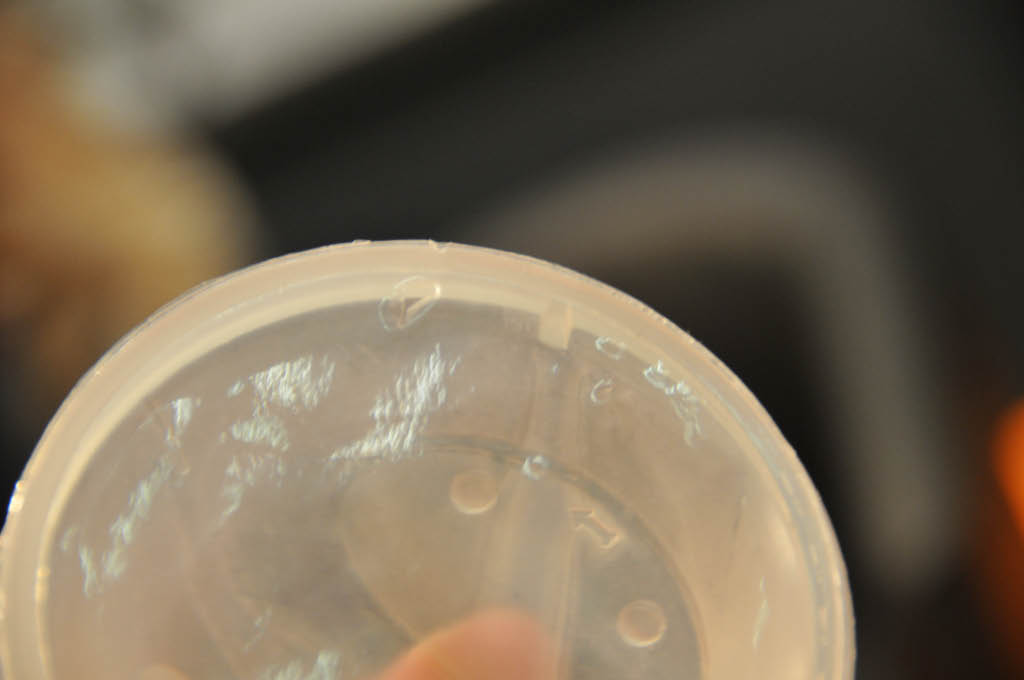
You don’t need to present a new drink or a new food product to win the first prize of innovation at SIAL.
The innovation is also about everything what revolves about consumers and new ways to consumer food. We already dealt with the nomadic market trend in an earlier article and this year’s innovation prize fits perfectly into this trend. This award rewards an individual who has understood what marketers call the “customers’ pains” and that brought solutions to enhance customer satisfaction.
Here’s the story …
Contact us for your market intelligence projects
Remember the pasta box ?
The pasta box, a carboard-based recipient to eat pasta on the go, has been around for quite some time (almost 10 years as it has apparently been introduced on the market in 2005 for the first time). This innovative packaging made its way through distributors, retailers and was adopted by consumers. With people (especially in cities) having less and less time to eat, the Pasta Box brought a good solution to eat on the go and to avoid spending too much time on preparing one’s meal. We are not saying that this is healthy, but this is a trend on the market that food & drink producers are exploiting.
The disadvantages of the pasta box
Yet the pasta box suffered from several drawbacks.
Since the sauce was mixed with the pasta, the latter had a shorter shelf life than if the two had remained separated. As far as the taste is concerned, the pasta box was also not optimal to guarantee a perfect customer experience. When the pasta had remained mixed with the sauce for several days, you could expect the pasta to become too “soft” and far from a culinary delight.
Last but not least, the cardboard was a weak protection against heat once heated in your microwave.
Claude Sebban, the entrepreneur who invented the Pasta Box, has dedicated the last 3 years to solve all these problems and to come up with a “revolutionary” solution : The Twist.
Three years of research and development
The Twist is the result of 3 years of R&D and several patents. Claude designed a new concept made of PP (Polypropylene) that combines several advantages. The first and most obvious one is that the sauce is not mixed with the pasta. The sauce is encapsulated in the lid. An ingenious little piece of plastic allows the sauce to drop down when you “twist” (hence the name) the lid 180°, which will tear off the hot-sealed layer that retained the sauce.
Claude also foresaw a dedicated space for a fork as well as a thumb-sized piece of plastic that serves for the prehension of the chole when it’s hot.
Conclusion
There is no doubt that we become more and more nomadic. Tools we use in our daily –busy- lives reflect that market trend. Think about smartphones and connected objects for instance.
The mobility solutions we need not only cover technological needs but span also over our daily routine like eating and drinking. We covered in an earlier article a solution for “mobile drinking” (we could call it “m-drinking”). Mobility represents great entrepreneurial opportunities and are therefore not limited to breakthrough high-technology innovations. Claude Sebban proves that innovating without a line of code is also possible and should serve as an example for many innovators.
Posted in Entrepreneurship, Innovation, Marketing.







